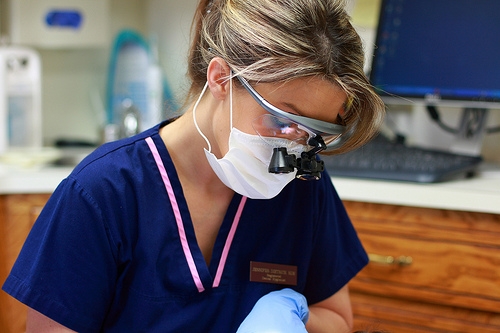Celebrate National Ice Cream Month with Us!
July 3rd, 2024
It's National Ice Cream Month! There's no better way to celebrate than indulging in your favorite creamy delights. My favorite flavors are chocolate hazelnut, butter pecan, and rocky road. I also love homemade vanilla ice cream and I usually top it with dark chocolate syrup to elevate the taste.
If I want a dairy-free option, mango frozen sorbet or fresh fruit popsicles are my go tos. These treats are not only delicious but also refreshing, providing a perfect alternative.
Don’t forget after enjoying your ice cream, it's best to wait about 30 minutes before brushing your teeth.
While ice cream is a tasty way to cool down, there are less sugary and more dental-friendly alternatives. You can find low-sugar choices at the store, such as popsicles made with fresh fruit. These are also very easy to make at home! Frozen grapes are also a great option for kids older than 4-5 years, and cold watermelon is always a hit on a hot summer day.
Besides enjoying cold treats, remember to drink lots of water and take breaks indoors to stay cool. Swimming and playing in the sprinkler are also fun ways to beat the heat. Don't forget to wear sunblock and protect your lips with SPF.
This month, we are excited to offer the LightScalpel Co2 Laser for soft tissue releases including frenectomies for our patients that will benefit from them. We also are offering a new technology for administering local anesthesia (numbing up) with Numile Sleeper One Intraosseous Injection delivery system (pain free injection).
On a personal note, congratulations to Ms. Noemi on the birth of her son! She will be back in the office in September to continue taking care of our patients. Happy National Ice Cream Month, everyone!







